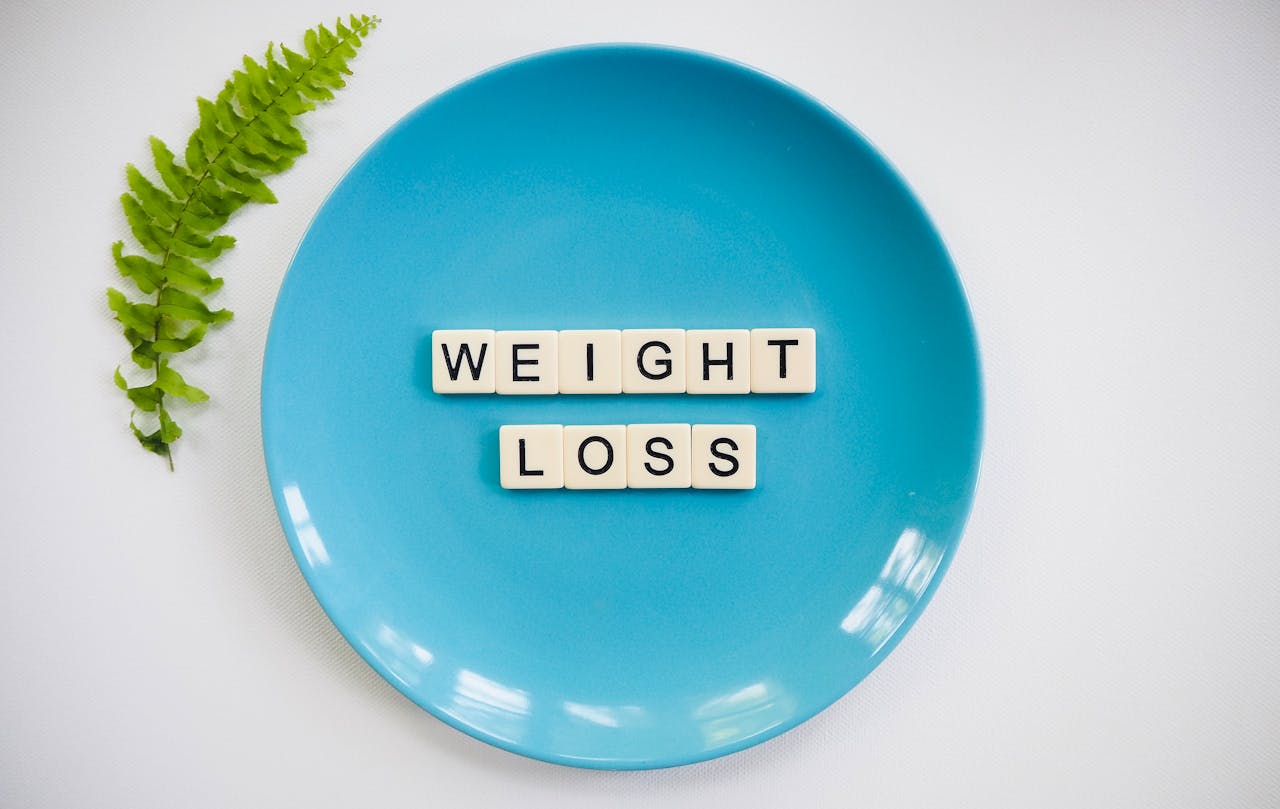Sticking to a weight loss plan can be challenging, especially when cravings strike. Cravings are intense desires for specific foods, often unhealthy ones, and they can easily derail your progress if not managed properly. However, understanding the root causes of cravings and implementing strategies to manage them can help you stay on track and achieve your weight loss goals. In this blog, we’ll explore why cravings happen and provide practical tips on how to curb them effectively.
Understanding Cravings: Why Do They Happen?
Cravings can be triggered by various factors, including:
- Nutritional Deficiencies: Sometimes, your body craves certain foods because it’s lacking specific nutrients. For example, a craving for chocolate could indicate a magnesium deficiency.
- Emotional Triggers: Stress, boredom, loneliness, and other emotional states can lead to cravings. Often, we turn to comfort foods to cope with these feelings.
- Habit and Routine: If you’re used to snacking at a certain time of day or always having dessert after dinner, your body and mind will start to expect it, leading to cravings.
- Hunger: If you’re not eating enough or your meals are unbalanced, your body may crave high-calorie foods as a quick energy source.
Tips to Curb Cravings and Stay on Track
- Eat Balanced Meals
One of the best ways to prevent cravings is to ensure your meals are balanced with protein, healthy fats, and fiber. These nutrients help keep you full and satisfied, reducing the likelihood of cravings. Include a variety of vegetables, whole grains, lean proteins, and healthy fats in your diet to keep your body nourished. - Stay Hydrated
Sometimes, thirst is mistaken for hunger or cravings. Ensure you’re drinking enough water throughout the day. A good rule of thumb is to drink at least 8 glasses of water daily. If you feel a craving coming on, try drinking a glass of water first and wait a few minutes to see if the craving subsides. - Identify and Manage Emotional Triggers
Emotional eating is a common cause of cravings. Start by identifying what triggers your cravings. Is it stress, boredom, or sadness? Once you’ve pinpointed the cause, find alternative ways to cope with those emotions. Practice stress-relief techniques like meditation, deep breathing exercises, or physical activities like walking or yoga. - Practice Mindful Eating
Mindful eating involves paying full attention to the eating experience, savoring each bite, and recognizing when you’re full. This practice can help you become more aware of your cravings and make conscious decisions about what and when to eat. Slow down during meals, chew thoroughly, and focus on the taste and texture of your food. - Keep Unhealthy Foods Out of Sight
Out of sight, out of mind. If you keep unhealthy snacks and junk food in your home, you’re more likely to give in to cravings. Instead, stock your pantry and fridge with healthy options like fruits, vegetables, nuts, and yogurt. When a craving strikes, you’ll have nutritious options available. - Allow Yourself Occasional Treats
Completely depriving yourself of your favorite foods can lead to intense cravings and even binge eating. Instead, allow yourself small portions of treats occasionally. This approach helps satisfy your cravings without derailing your overall weight loss plan. - Get Enough Sleep
Lack of sleep can disrupt your hormones, particularly those that regulate hunger and appetite. When you’re sleep-deprived, you’re more likely to crave high-calorie, sugary foods. Aim for 7-9 hours of quality sleep each night to keep your hormones balanced and reduce cravings. - Distract Yourself
When a craving hits, try to distract yourself with a different activity. Go for a walk, read a book, call a friend, or engage in a hobby. Often, cravings are short-lived, and finding something else to focus on can help them pass. - Plan Your Meals and Snacks
Planning your meals and snacks in advance can help you avoid impulsive eating and reduce cravings. When you have a plan, you’re less likely to reach for unhealthy options. Prepare healthy snacks to have on hand, such as cut-up veggies, fruits, or a handful of nuts, to curb hunger between meals. - Use Healthy Alternatives
If you’re craving something sweet or salty, find a healthier alternative. For example, if you’re craving chips, try air-popped popcorn seasoned with herbs. If you want something sweet, opt for a piece of dark chocolate or a fruit-based dessert. These alternatives can satisfy your cravings without the excess calories.
Conclusion
Cravings are a normal part of any weight loss journey, but they don’t have to derail your progress. By understanding the causes of your cravings and implementing these strategies, you can manage them effectively and stay on track with your weight loss plan. Remember, consistency and balance are key to long-term success. Stay patient with yourself, and celebrate the small victories along the way.


